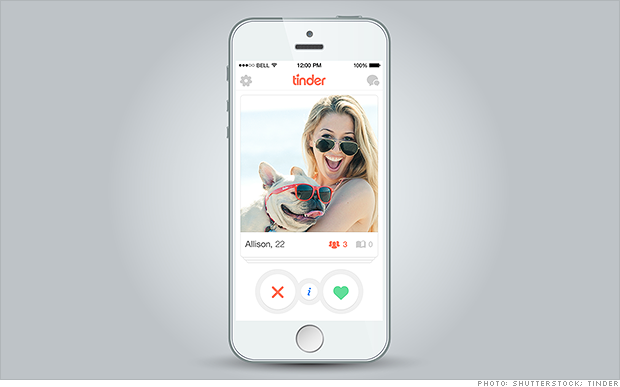Traditional dating apps rely on foundational matching algorithms calibrated to shared interests, values, and proximity. Artificial intelligence is introducing changes that influence how matches are created. An estimated 54 percent of users are open to AI-driven assistance for finding matches, and 47 percent express interest in advanced, AI-based dating platforms offering personalized features. These preferences are driving the evolution of matchmaking processes.
For example, apps like eHarmony and OkCupid incorporate AI and psychologist-led methodologies to refine compatibility predictions. OkCupid’s survey-driven match percentages and eHarmony’s regression-based models aim to suggest pairings that correlate strongly with long-term satisfaction. Behavioral analytics have also become standard practice, enhancing predictions beyond simple geographical or interest-based techniques.
Not all platforms have adopted heavily sophisticated algorithms. Tinder and Grindr continue to focus on minimalistic matching criteria like user swipes or nearby activity. Despite their simplicity, both apps remain widely used, with Tinder alone generating over 4 billion swipes daily and 70 billion total matches since its launch.
The Move Toward Unconventional Pairings
Rethinking Compatibility Beyond Conventional Norms
Dating app algorithms have long focused on predefined criteria like shared interests, values, and location to recommend matches. However, non-traditional relationships are pushing these systems to adapt. Forward-thinking partnerships involving mentors and protégés, lifestyle-focused pairings, or even unique dynamics like sugar daddy profiles challenge typical compatibility parameters. These scenarios may require algorithms to assess factors such as stability, communication preferences, and personalized expectations beyond standard metrics.
These emerging relationship models highlight the limitations of blanket recommendations. Algorithms must now account for preferences tied to unconventional values or aspirations. Analyzing behavioral trends or adjusting filters for unique connections has become essential to addressing the demands of users seeking relationships outside traditional frameworks. This presents both a technological and philosophical adjustment in generating matches, creating new opportunities for customization.
Changing Demographics and Interests
The online dating market has grown substantially, with the global industry projected to generate over $3.12 billion in revenue by next year. Tinder and Bumble continue to lead in user engagement, collectively being used by 36 percent of app-based daters in the United States. Half of adults under 30 report using dating apps, with younger audiences driving much of the advancement in matching technologies.
Younger users also appear more open to unorthodox arrangements or AI-powered companions. For example, searches for “AI girlfriend” increased 525 percent in a year, and one in five young people indicated they would consider virtual or AI-driven partners. These trends indicate a generational shift that has prompted dating platforms to accommodate a broader range of preferences compared to the past decade.
Meanwhile, there is increasing interest in AI-driven solutions for long-term relationships. Apps like Hinge, which differentiate themselves by marketing “serious” dating outcomes, have carved a niche in this segment. With over 12 billion matches created on Hinge alone, it is clear that many users value focused, relationship-oriented matchmaking.
Biases in Algorithms and the Push for Fairer Systems
Existing algorithms, even advanced ones, are still influenced by bias. Collaborative filtering—the technique employed by Tinder and Hinge—has been flagged for perpetuating racial and gender biases by amplifying the habits of majority groups in the user base.
Some apps are attempting to counteract these shortcomings. For instance, Hinge uses the Gale-Shapley stable matching algorithm to prioritize mutual interest and satisfaction. OkCupid’s system incorporates weighted responses to its extensive questionnaires, allowing for pairings based on a more detailed understanding of each user’s preferences. This hybrid method adds more robust layers to compatibility scores.
Still, the industry as a whole has yet to comprehensively address bias. Platforms catering to unique relationship dynamics may need entirely new algorithms, as existing systems struggle to measure compatibility without relying on outdated metrics.
The Future of Data-Driven Romance
Unconventional pairings are challenging traditional expectations placed on matchmaking algorithms. With over 60 million active users in the United States alone, these apps must cater to an increasingly complex range of human relationships while managing growing revenue opportunities. Estimates suggest the U.S. market alone will earn $1.39 billion by 2024, continuing to expand as AI and behavioral analytics refine their roles.
Breakthroughs may emerge from platforms that embrace non-traditional dynamics. By moving beyond rigid criteria and incorporating user input reflective of evolving norms, matchmaking algorithms will shape the next phase of online dating.








